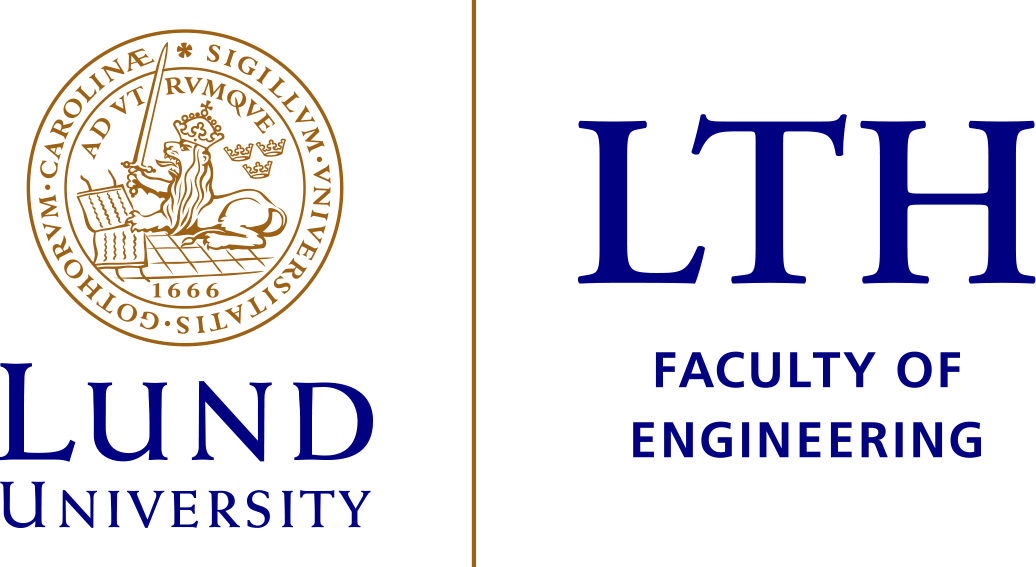Arvid Åkerblom, Francesco Pignatelli and Christer Fureby
Department of Energy Sciences, Lund University, Lund, Sweden
Aerospace 2022, 9(12), 838
Open Access publication based on work in WP1.
Keywords: large eddy simulation; spray combustion; fossil and non-fossil fuels; SAF; validation and flow elucidation
Abstract
The aviation sector is facing a massive change in terms of replacing the currently used fossil jet fuels (Jet A, JP5, etc.) with non-fossil jet fuels from sustainable feedstocks. This involves several challenges and, among them, we have the fundamental issue of current jet engines being developed for the existing fossil jet fuels. To facilitate such a transformation, we need to investigate the sensitivity of jet engines to other fuels, having a wider range of thermophysical specifications. The combustion process is particularly important and difficult to characterize with respect to fuel characteristics. In this study, we examine premixed and pre-vaporized combustion of dodecane, Jet A, and a synthetic test fuel, C1, based on the alcohol-to-jet (ATJ) certified pathway behind an equilateral bluff-body flameholder, spray combustion of Jet A and C1 in a laboratory combustor, and spray combustion of Jet A and C1 in a single-sector model of a helicopter engine by means of numerical simulations. A finite rate chemistry (FRC) large eddy simulation (LES) approach is adopted and used together with small comprehensive reaction mechanisms of around 300 reversible reactions. Comparison with experimental data is performed for the bluff-body flameholder and laboratory combustor configurations. Good agreement is generally observed, and small to marginal differences in combustion behavior are observed between the different fuels.

